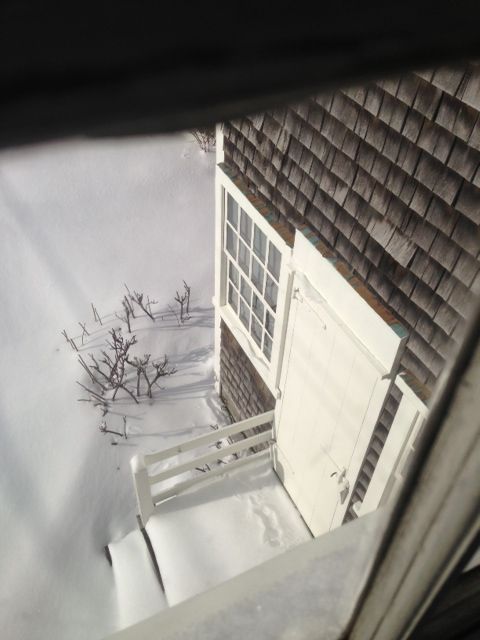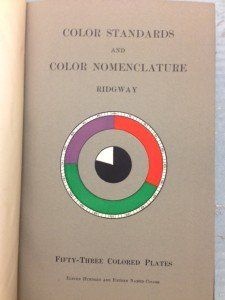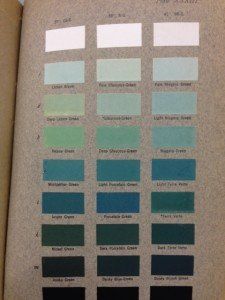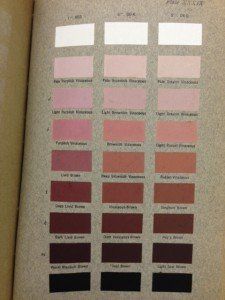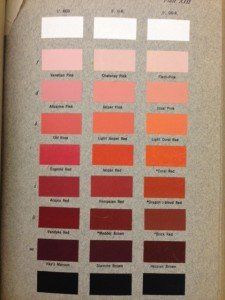By Jascin N. Leonardo Finger
•
January 5, 2026
As Walt Whitman once wrote, “Peace is always beautiful.” Peace can mean many different things. I have used this Whitman quote above before – my Father loved Whitman. And when I quote Whitman, it makes me feel like my Father is here. Maria and her father, William, were close. In fact, even with a large family of twelve people, the Mitchells were all close. My family is close as well, though we have our moments as most, if not all, families do. As we bring to a close another difficult year in which the world and its people continue to struggle, take a moment to be thankful and to find and give peace. May you always find peace in yourself and peace with others. May our world become more peaceful and may we all learn that this small space we inhabit is shared and meant for everyone. In the echoes of one of my favorite Maria Mitchell quotes, your small step, your small gesture to another or towards helping something happen, can make a difference – more than you think. I’ll end with another quote – and a poem I have used the last few years – that is fitting and that also reminds me of another Whitman poem. JNLF In Memoriam, [Ring out, wild bells] Alfred, Lord Tennyson - 1809-1892 Ring out, wild bells, to the wild sky, The flying cloud, the frosty light: The year is dying in the night; Ring out, wild bells, and let him die. Ring out the old, ring in the new, Ring, happy bells, across the snow: The year is going, let him go; Ring out the false, ring in the true. Ring out the grief that saps the mind For those that here we see no more; Ring out the feud of rich and poor, Ring in redress to all mankind. Ring out a slowly dying cause, And ancient forms of party strife; Ring in the nobler modes of life, With sweeter manners, purer laws. Ring out the want, the care, the sin, The faithless coldness of the times; Ring out, ring out my mournful rhymes But ring the fuller minstrel in. Ring out false pride in place and blood, The civic slander and the spite; Ring in the love of truth and right, Ring in the common love of good. Ring out old shapes of foul disease; Ring out the narrowing lust of gold; Ring out the thousand wars of old, Ring in the thousand years of peace. Ring in the valiant man and free, The larger heart, the kindlier hand; Ring out the darkness of the land, Ring in the Christ that is to be.
